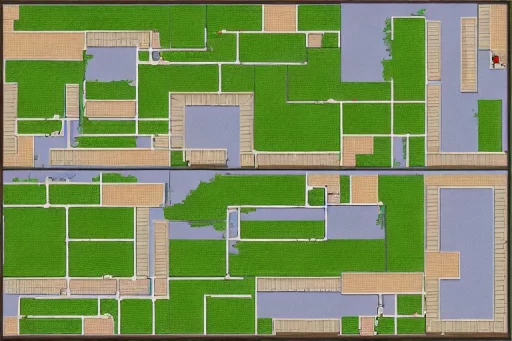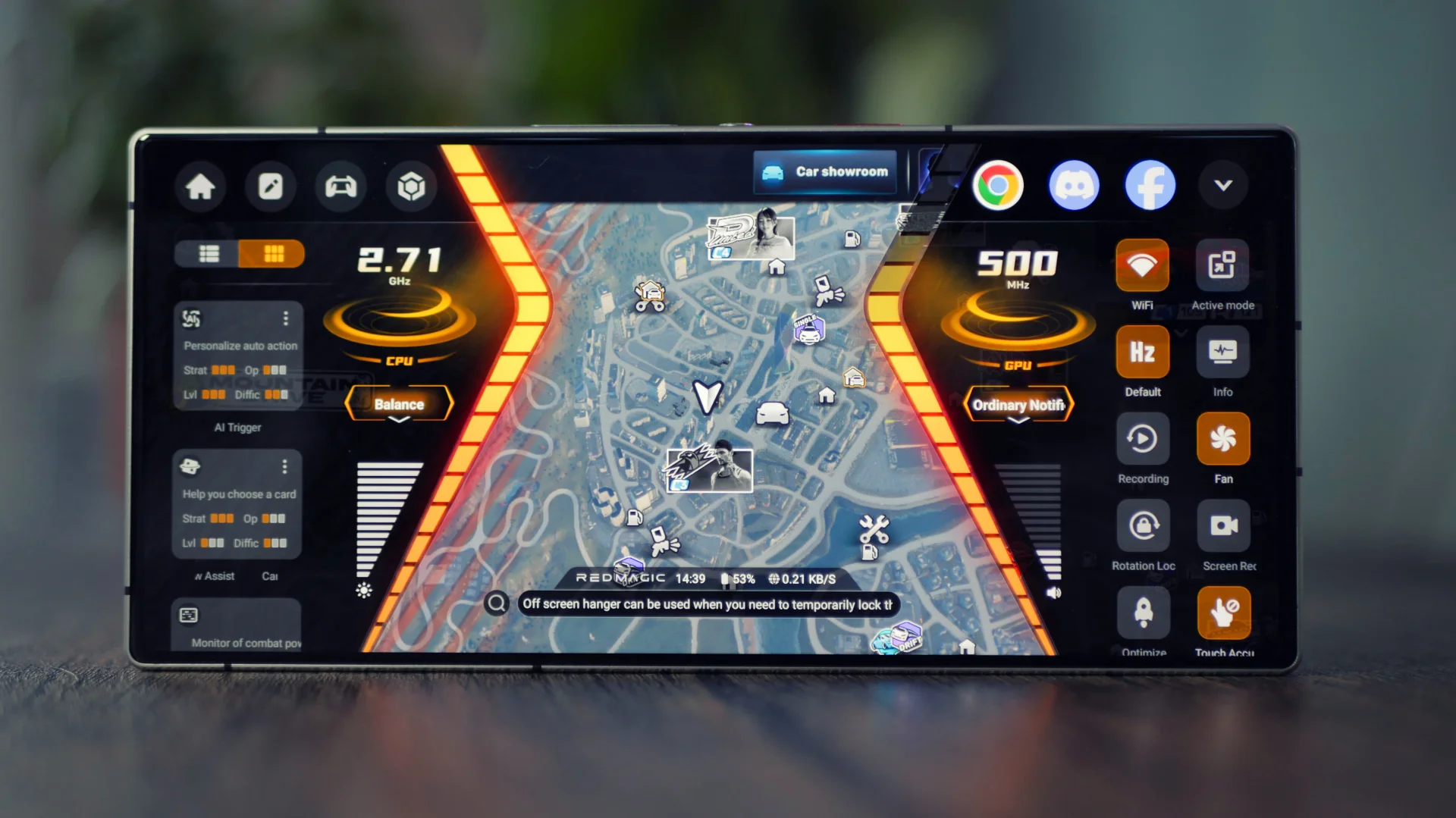Creating a successful HTML5 game is not just about delivering a fun and engaging experience; it’s also about finding ways to make your efforts financially rewarding. Monetizing HTML5 games can be challenging due to the unique nature of web-based gaming, but with the right strategies, you can generate revenue and sustain your development efforts. In this comprehensive guide, we’ll explore various methods for monetizing your HTML5 games, including advertising, in-app purchases, subscriptions, and more.
1. Advertising
In-Game Ads
One of the most common methods of monetizing HTML5 games is through advertising. In-game ads can be implemented in various forms, such as banner ads, interstitial ads, and video ads.
- Banner Ads: These are static ads displayed at the top or bottom of the game screen. They are less intrusive but may offer lower revenue compared to other ad formats.
- Interstitial Ads: Full-screen ads that appear at natural breaks in the game, such as between levels. They tend to generate higher revenue but can disrupt gameplay if overused.
- Video Ads: Short video ads that players can watch in exchange for in-game rewards or currency. These ads are often more lucrative and can enhance player engagement when used correctly.
Ad Networks
To implement ads in your game, you’ll need to partner with ad networks. Popular ad networks for HTML5 games include:
- Google AdSense: A versatile ad network that offers various ad formats and targeting options.
- AdMob: A Google-owned ad network focused on mobile and web games, offering in-depth analytics and monetization options.
- Unity Ads: Specializes in video ads and offers rewards for players, which can increase ad engagement.
2. In-App Purchases (IAP)
In-app purchases allow players to buy virtual goods, such as items, skins, or currency, directly within the game. This model is highly popular in free-to-play games and can be a significant revenue stream if implemented thoughtfully.
Types of In-App Purchases
- Consumable Items: Items that can be used once, such as power-ups or extra lives.
- Non-Consumable Items: Items that can be used permanently, such as skins or character upgrades.
- Subscription Models: Offer premium content, features, or currency on a recurring basis.
Best Practices
- Value Proposition: Ensure that in-app purchases provide real value to the player without being essential for gameplay.
- Transparency: Clearly communicate what players are purchasing and ensure that transactions are straightforward.
- Avoid Pay-to-Win: Balance in-app purchases to avoid giving paying players an unfair advantage.
3. Subscriptions
Subscriptions offer a recurring revenue model where players pay a monthly or yearly fee for access to premium content, ad-free experiences, or exclusive features. This model can provide a steady income stream and build a loyal player base.
Implementation Tips
- Exclusive Content: Offer unique levels, characters, or game modes that are only available to subscribers.
- Ad-Free Experience: Provide an option for players to enjoy the game without interruptions from ads.
- Regular Updates: Keep subscribers engaged by regularly adding new content and features.
4. Sponsorship and Licensing
Partnering with sponsors or licensing your game to portals can be a lucrative way to monetize. Sponsors may pay a flat fee or a revenue share in exchange for branding opportunities, while licensing agreements can allow your game to be featured on popular gaming websites or platforms.
Finding Sponsors and Partners
- Gaming Portals: Websites like Kongregate, Armor Games, and Miniclip often license HTML5 games and offer revenue-sharing opportunities.
- Brand Collaborations: Partner with brands that align with your game’s theme for co-branded content or exclusive sponsorship deals.
5. Crowdfunding and Donations
If you have a dedicated fanbase, crowdfunding platforms like Kickstarter or Patreon can be an effective way to raise funds for game development. Players can support your game through one-time donations or recurring pledges, often in exchange for exclusive content or early access.
Engaging Your Community
- Rewards Tiers: Offer different levels of rewards based on the amount pledged, such as in-game items or exclusive access to game updates.
- Transparency: Keep backers informed about the game’s progress and how their contributions are being used.
6. Selling Game Assets or Code
If you’ve created unique assets, artwork, or code snippets during your game’s development, consider selling them on marketplaces like the Unity Asset Store, GameDev Market, or itch.io. This can provide additional income and help other developers.
Asset Types
- Art and Graphics: Sprites, textures, UI elements, and animations.
- Sound and Music: Sound effects, background music, and voiceovers.
- Code and Plugins: Scripts, game mechanics, and plugins that can be integrated into other games.
Conclusion
Monetizing your HTML5 game requires a strategic approach and a deep understanding of your audience. By exploring various monetization methods such as advertising, in-app purchases, subscriptions, sponsorship, crowdfunding, and selling assets, you can create a diverse revenue stream that supports your development efforts. Remember to prioritize player experience and maintain transparency in all transactions to build trust and loyalty with your audience.




